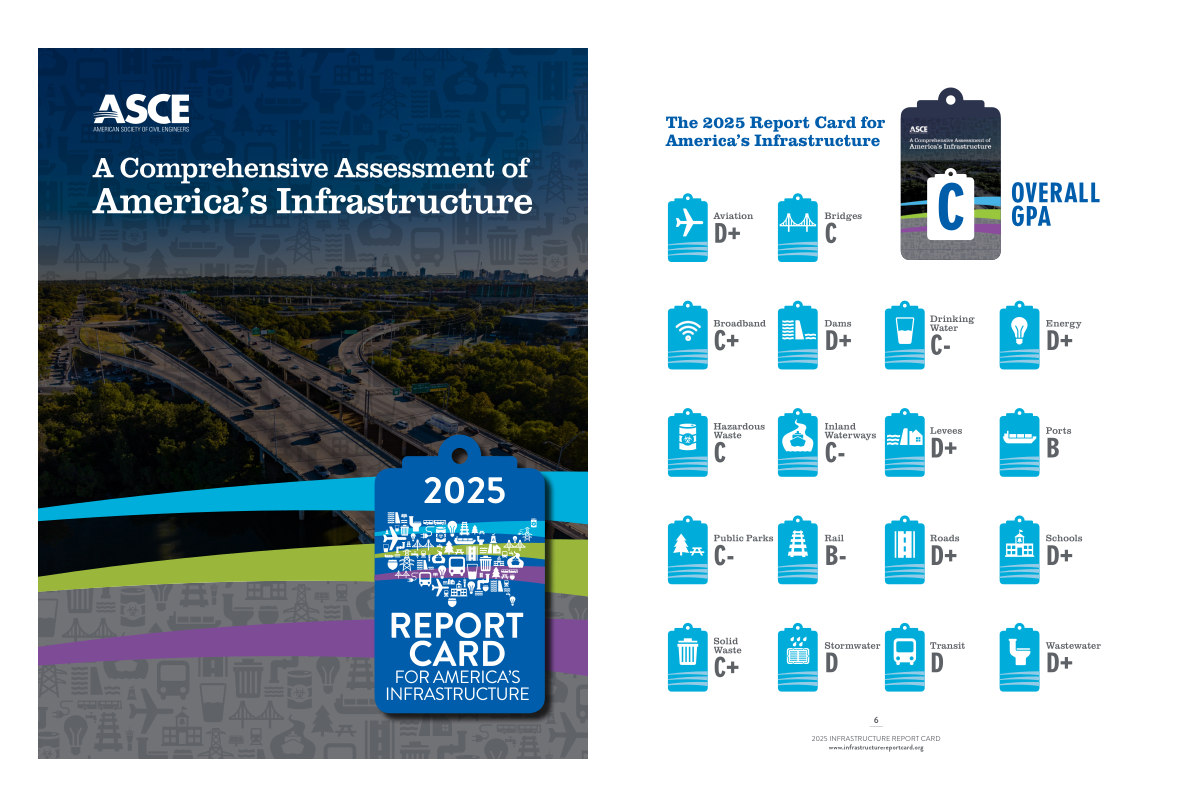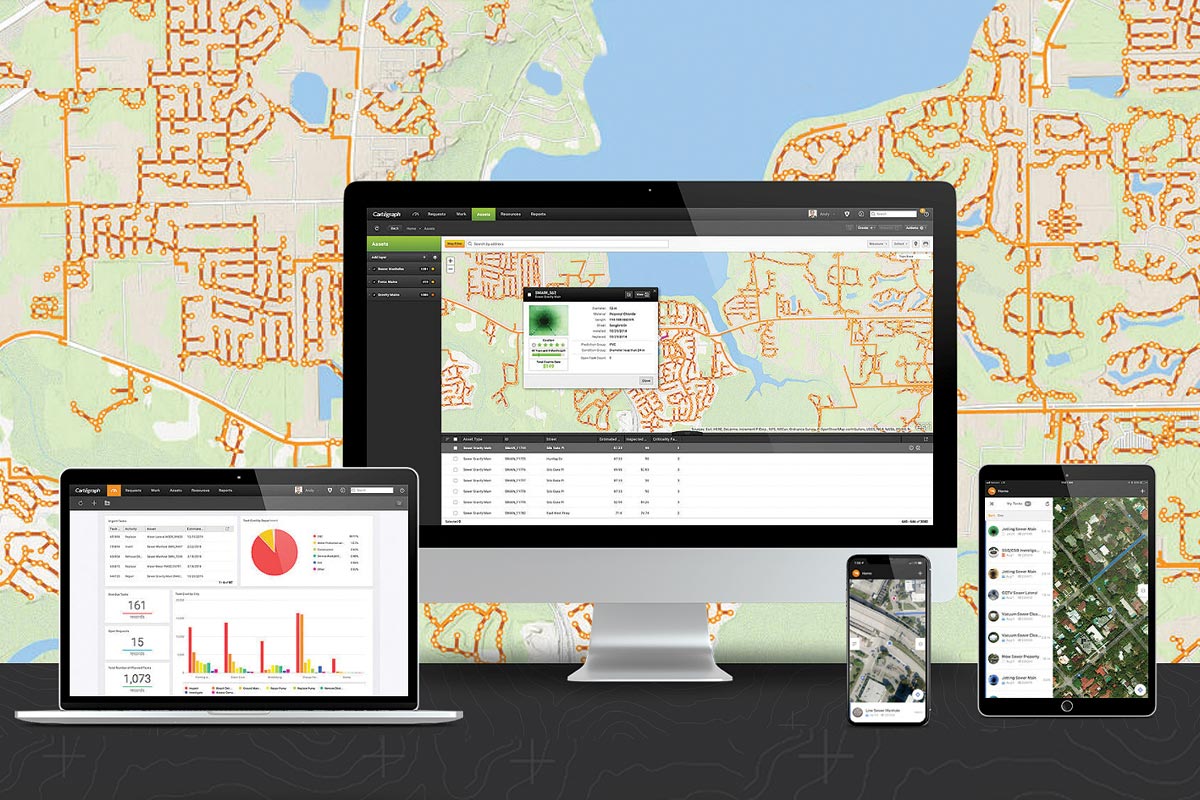
NASSCO Report – Converting a 50-year-old Gravity Pipeline Into a New Force Main Utilizing Trenchless Technology
Similar to many utilities throughout the country, Rainbow Municipal Water District in San Diego County is constantly having to balance resources managing aging infrastructure, maintaining the system, and expanding for future growth within their service areas.
Seldom do those priorities intersect, but they did during the planning and design process of the District’s new Thoroughbred Lift Station for the expansion of the collection system.
During the design of the lift station, alignment options for the force main were evaluated and it was determined that the best path from the lift station to the discharge manhole was through Highway 76, which had easements owned by Cal Trans, San Diego County, and a local homeowners association.
The process to obtain permits and approvals for a new pipeline in that easement would have likely taken years, and much of the new pipe would have required installation with horizontal directional drilling or tunneling under high-traffic roadways, protected nature areas, and pedestrian hiking trails.
During this design process and creative discussions within operations, engineering, and planning at Rainbow Municipal Water District, a 50-year-old 12- and 16-in. gravity vitrified clay pipe was determined to be within the approximate alignment of the desired forcemain for the new lift station.
However, turning an existing clay pipeline into a new pressure pipeline is not a process that is completed on a regular basis.
The options to change the pipeline from gravity to pressure were limited due to the diameter changes, four existing manholes, 150-psi pressure rating, and limited access throughout the alignment to create access pits.
Additionally, the engineering and operations departments both agreed that they wanted a fully structural rehabilitation technology, providing both tensile and compressive strength for the new forcemain.
Selecting a Trenchless Solution
After evaluation of various technologies and cost benefits, it was determined that combining cured-in-place pipe (CIPP) with a loose-fit flexible fiber reinforced pipe (FFRP) was the most efficient and effective method for rehabilitating the existing clay pipe.
The construction process for converting the gravity clay pipeline into a new force main was completed by the construction team of JW Fowler (general contractor) and Advantage Reline (pipe rehabilitation contractor). The first step in the process was the installation of the CIPP liner, which was completed in two liner installations due to the different diameter and geometry changes in the intermediate manholes. Those manholes were both located within Highway 76, so access into those manholes were extremely limited by Cal Trans.
After the CIPP was installed, the process for installing the 12-in. FFRP was completed in a single liner pull through of 1,200 ft of pipe with multiple bends in the alignment. The existing manholes on both ends of the pipeline were used for entry and exit points of the liner material. The liner was pulled into the pipe with a 12-ton winch, although only about 6 tons of force were needed to pull the FFRP in place.
Once in place, the liner was filled with 7 psi of air to expand the liner into is manufactured round shape. Hydrostatic testing was completed on the FFRP with 150 psi of pressure over two hours to validate the liner was watertight.
This project is a testament to the Rainbow Municipal Water District staff for thinking creatively and utilizing multiple technologies to rehabilitate a pipe using trenchless technologies.
As aging infrastructure continues to pose challenges for utilities maintaining their system, employing a hybrid approach to projects will likely continue to gain momentum to extend the life of pipelines, sometimes converting a gravity pipeline into a pressure pipeline.




